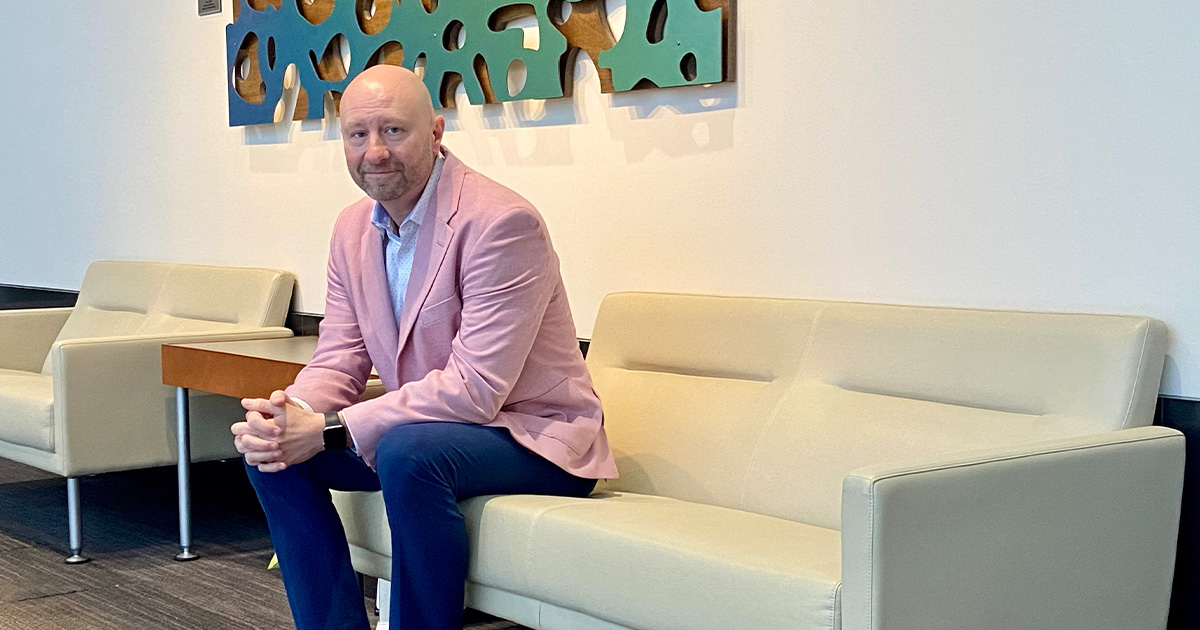
Living with diabetes is challenging. So is treating it, with a myriad of factors determining or influencing a person’s health.
THE PROBLEM
In addition, those living with diabetes must take care of themselves by performing daily, monthly, quarterly and yearly tasks to stay ahead of the chronic condition. These include:
-
Checking their feet
-
Reading food labels
-
Walking after meals
-
Taking medication(s) in the right dose at the right time
-
Meeting with a dietitian to assure they have the right nutrition to support their current diabetes status
-
Meeting with their primary care provider at least every six months
-
Meeting with an endocrinologist if their diabetes is out of control
-
Getting a diabetic retinopathy test completed annually, which might reveal their diabetes is deteriorating the retina in one or both of their eyes
“When you ask the majority of people living with diabetes, they are clueless what a retinal exam includes, let alone how important it is to get the test to assure they don’t lose their eyesight,” said Chad Shirar, director, enterprise diabetes and wellness strategy, at health system Parkview Health.
“Things like time, finances, transportation and more can all become obstacles to those who need an eye exam. So oftentimes, they simply don’t do it.”
PROPOSAL
Given the numerous obstacles patients often were facing, Parkview Health found point-of-care retinopathy testing could help provide an instant diagnosis, with greater sensitivity and specificity than a human.
“The technology would be placed in strategic locations that would allow exams to be completed closer to home for patients, with no to minimal out-of-pocket cost,” Shirar explained.
In the case of a positive result, an appropriate referral could immediately be placed for the patient to see a trained ophthalmologist for follow-up care.
MEETING THE CHALLENGE
“We used our existing coworkers, who are trained and certified to perform the exam,” Shirar noted. “The exam itself takes only seven minutes on average. Our teams align the individual’s head in the camera, take two images of each eye (without dilation), and 40 seconds later we have a diagnostic result. This is not simply a screening but delivers a diagnostic result.
“In terms of education and implementation, we executed a road show of sorts to pack up the equipment and travel to a dozen clinics where patients have an established relationship with their provider,” he continued. “We built a schedule and an outreach program to go to each clinic on a rotating schedule, going to each clinic at least once per month.”
RESULTS
Parkview Health has completed more than 500 exams in more than 10 clinics. The lowest-performing clinics in the area of diabetic retinopathy performance have met their retinal exam percentage completion goal, which they’ve never been able to achieve prior to this effort.
“One clinic, in particular, is in a rural area with high socioeconomic needs and a high Spanish-speaking population,” Shirar reported. “After full engagement from the clinical team, we moved their percentage completion from less than 40% to more than 55% in a few short months.
“This clinic has the lowest recurrence of no-show rates, with high patient satisfaction,” he added. “We learned very quickly that the already established relationship of the patient with the clinic staff was a significant factor to obtain buy-in from the patient to complete the exam and fully execute the solution.”
ADVICE FOR OTHERS
“We now have the ability to be flexible with care delivery and meet our patients where they are in their care journey,” Shirar concluded. “Additionally, because the retinal scanning technology is FDA approved, the exam is covered by all payers and the reimbursement is fair. The opportunity is great to offer a low-cost, high-efficacy solution.”
Follow Bill’s HIT coverage on LinkedIn: Bill Siwicki
Email him: [email protected]
Healthcare IT News is a HIMSS Media publication.
